Description
Gaskets are essential components of process piping systems that play a critical role in ensuring efficient and leak-free operation. They are used to create a seal between two stationary surfaces, typically flanges, in order to prevent the escape or entry of fluids or gases. Gaskets are commonly used in various industrial sectors, including oil and gas, chemical processing, power generation, and water treatment, among others.
The primary function of gaskets is to fill the irregularities present in the mating surfaces of flanges, which helps to create a tight and reliable seal. By maintaining this seal, gaskets prevent leakage and reduce the risk of environmental contamination, enhance operational safety, and optimize the overall efficiency of the process.
Description of the Gaskets
There are numerous types of gaskets available, each suited for specific applications based on factors such as temperature, pressure, fluid type, and environmental conditions. Some of the commonly used gasket materials include rubber, cork, graphite, metal, and PTFE (polytetrafluoroethylene). Each material offers unique properties, such as chemical resistance, high-temperature tolerance, and flexibility, which make them suitable for specific applications.
Environmental Conditions
When selecting a gasket for a specific application, it is crucial to consider factors such as operating conditions, pressure rating, temperature range, chemical compatibility, and flange surface finish. It is also important to follow proper installation procedures, including appropriate bolt tightening, to ensure proper gasket compression and sealing performance.
In summary, gaskets are vital components of process piping systems that provide essential sealing capabilities. They help prevent leaks, ensure operational safety, and optimize process efficiency. With a wide range of materials and designs available, it is important to choose the right gasket that suits the specific application requirements.
Gasket Types
Gaskets are available in a variety of types and materials, each designed to suit specific applications based on factors such as temperature, pressure, fluid compatibility, and environmental conditions. Let’s explore some of the common types of gaskets and how they are applied:
Sheet Gaskets
Sheet gaskets are the most common type and are made from materials such as rubber, cork, graphite, or PTFE. They are available in various thicknesses and can be easily cut into custom shapes and sizes. Sheet Gaskets For Piping are typically used in flange connections and other mating surfaces. They are applied by placing the gasket between the two surfaces and tightening the flange bolts to achieve the required compression for proper sealing.
Spiral Wound Gaskets
Spiral wound gaskets are made from a combination of metal winding strips (such as stainless steel) and a soft filler material (such as graphite or PTFE). They are suitable for high-temperature and high-pressure applications. Spiral wound gaskets are manufactured in a spiral configuration with alternating layers of metal and filler material. The gasket is then compressed between the flanges when installed, which allows it to deform and fill any irregularities on the surfaces. Spiral wound gaskets are commonly used in pipelines, heat exchangers, and boilers.
Ring Gaskets
Ring gaskets are solid circular Gaskets For Piping available in various materials, including rubber, metal, or compressed fiber. They are primarily used in raised face flanges. Ring gaskets are placed within the flange groove and compressed between two flanges to create a seal. This type of gasket is particularly suitable for applications requiring a positive seal and is commonly used in oil and gas pipelines, petrochemical plants, and refineries.
Camprofile Gaskets
Camprofile gaskets are a combination of a serrated metal core and a soft filler material, generally graphite or PTFE. The metal core provides structural support and stability, while the filler material ensures effective sealing. These Gaskets For Piping have a unique design with concentric grooves on the sealing surface, enhancing their ability to withstand high pressures and temperatures. Camprofile gaskets are commonly used in flanged joints in the oil and gas, chemical, and power generation industries.
Metal Jacketed Gaskets
Metal jacketed gaskets consist of a soft filler material, such as graphite or PTFE, enclosed within a metal jacket. The metal jacket provides structural reinforcement and protection to the filler material. These gaskets are used in applications where temperature variations can cause the gasket to expand or contract. Metal jacketed gaskets are commonly used in heat exchangers, vessels, and pumps.
RTJ Gaskets
Ring-type Joint (RTJ) gaskets are metal gaskets with an octagonal or oval cross-section. They are typically used in high-pressure and high-temperature applications, such as in oil and gas pipelines. The RTJ gasket is installed within a special groove on the flange, and when the flange is bolted together, the gasket is compressed between the flange faces, creating a metal-to-metal seal.
Rubber Gaskets
Rubber gaskets are widely used due to their excellent sealing capabilities and resistance to water and a variety of chemicals. These gaskets are typically made from materials like Nitrile rubber (NBR), EPDM (Ethylene Propylene Diene Monomer), or Silicone, depending on the application requirements. They are commonly used in water treatment plants, plumbing systems, and food and beverage industries.
Cork Gaskets
Cork gaskets are known for their compressibility and resilience, which makes them suitable for low-pressure applications. They are typically used in sealing fluids such as oils, fuels, and refrigerants. Cork gaskets are commonly found in automotive engines, transformers, and compressors.
Teflon (PTFE) Gaskets
PTFE gaskets, also known as Teflon gaskets, are widely used due to their excellent chemical resistance, low friction, and high temperature tolerance. PTFE gaskets are especially suited for applications where sealing against corrosive chemicals is required, such as in the chemical processing industry.
These are just a few examples of the different types of Gaskets For Piping available. It is crucial to consider factors such as operating conditions, pressure rating, temperature range, chemical compatibility, and flange surface finish when selecting the appropriate gasket for a specific application. Additionally, following proper installation procedures, including correct bolt tightening, is essential to ensure optimal sealing performance.
The advantages and disadvantages of gaskets depend on factors such as the type of gasket, material used, and specific application requirements. Here are some general advantages and disadvantages:
Advantages of Gaskets For Piping
Sealing Efficiency
Gaskets are designed to create a tight and reliable seal between mating surfaces, preventing leakage of fluids or gases and ensuring efficient system operation.
Versatility
Gaskets are available in a wide range of materials, sizes, and designs, allowing them to be tailored to specific application requirements. This versatility makes gaskets suitable for various industries and applications.
Chemical Compatibility
Gaskets can be made from materials that are compatible with specific chemicals and fluids, ensuring resistance against corrosion and chemical degradation.
Temperature and Pressure Resistance
Depending on the material selected, gaskets can withstand high temperatures, extreme pressures, and challenging environmental conditions.
Cost-effective
Gaskets are generally more affordable compared to other sealing solutions, making them a cost-effective option for many applications.
Disadvantages of Gaskets For Piping
Compression and Maintaining Seal
Proper installation and maintenance are crucial to ensure optimal gasket performance. Insufficient compression or incorrect installation can lead to leakages and compromised system efficiency.
Limited Lifespan
Gaskets have a finite lifespan due to factors such as degradation, wear, and environmental exposure. Periodic replacement and maintenance are necessary to avoid failures.
Material Compatibility
Not all gasket materials are suitable for every application. Choosing the wrong material can result in chemical compatibility issues, leading to gasket failure and system leaks.
High Temperatures
Gaskets may have limitations when exposed to extremely high temperatures. The temperatures necessitate specialized materials such as graphite or metal for such applications.
Bolt Load Considerations
Achieving the correct bolt load while installing gaskets is crucial. Over-tightening can damage the gasket and even the flanges, while insufficient torque can result in inadequate sealing.
It’s important to consider these advantages and disadvantages alongside specific application requirements when selecting gaskets to ensure effective sealing, longevity, and system efficiency.
Other Specifications
Commonly used gaskets are non-metallic (ASME B 16.21), spiral-wound (ASME B 16.20), and ring-joint (ASME B 16.20). A Non-metallic gasket is used with flat- or raised-face flanges.
Also, Spiral-wound-type gaskets are used with raised-face flanges, and ring-joint gaskets are used with ring-type joint (RTJ) flanges. Stress develops between an RTJ gasket and the flange groove when the gasket is bolted to a flange, leading to plastic deformation of the gasket.
Finally, If the Gasket does not fit the application, pls see our other types of gasket material
Teflon Type, Spiral Wound, Paper Type Gasket, Carbon Gasket

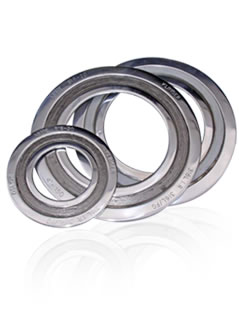
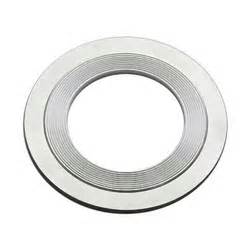
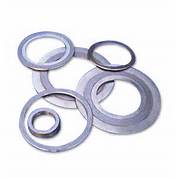
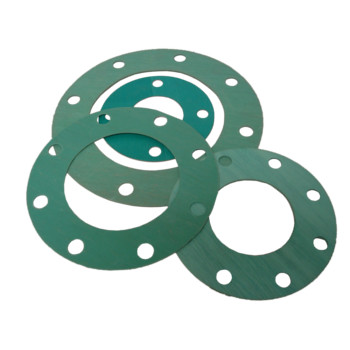
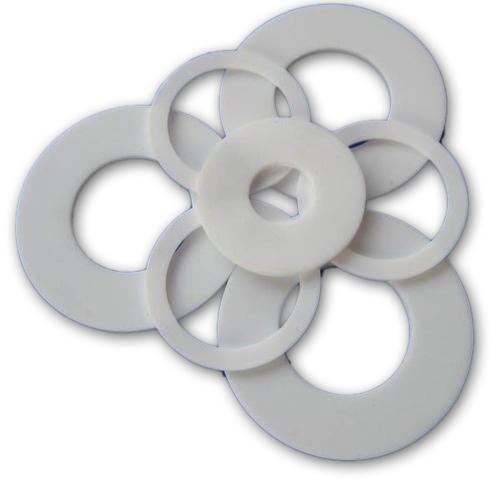
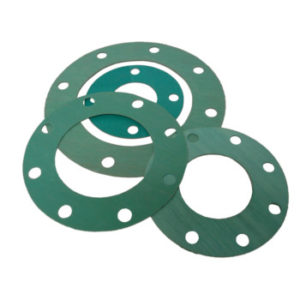
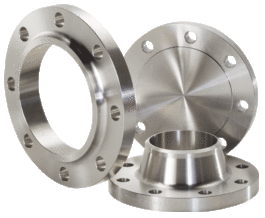
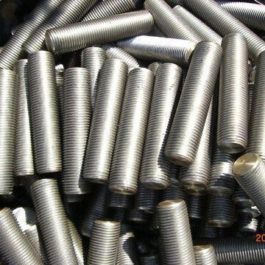
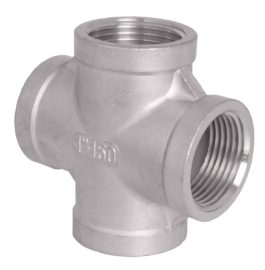
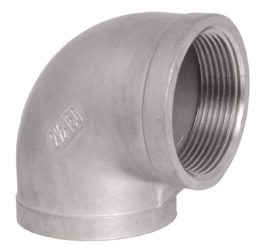
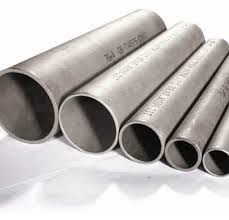
Reviews
There are no reviews yet.